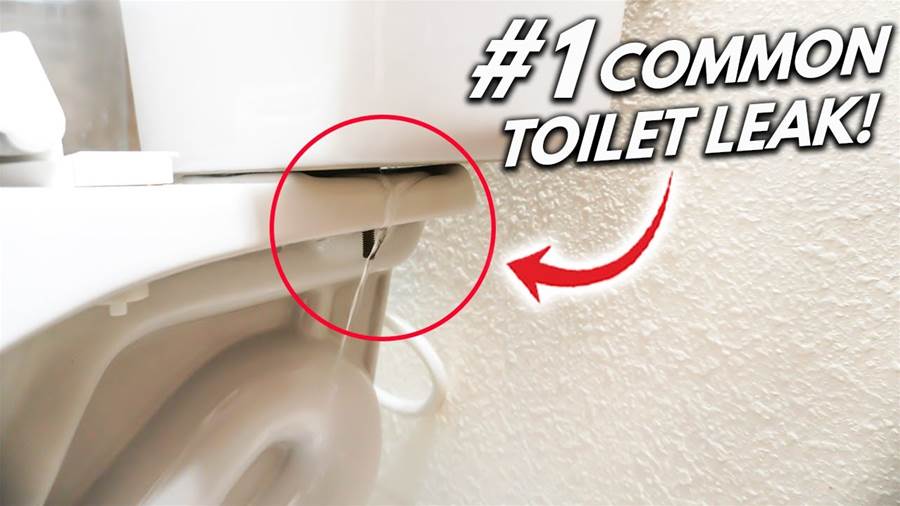

This article serves as a DIY guide for identifying and resolving the primary hidden toilet leak. By providing step-by-step instructions, it aims to help individuals address this commonly overlooked issue to conserve water, prevent potential damage, and streamline their toilet's functionality.
Within a home, a hidden toilet leak often goes unnoticed, leading to significant wastage of water and potential damage. Fortunately, there are simple steps individuals can take to identify and fix this common problem.
To begin, it is crucial to ascertain whether a hidden toilet leak is present in the first place.
This can be done by completing a simple test where colored dye tablets (or a few drops of food coloring) are placed into the toilet tank. After approximately 20 minutes, if the water in the bowl takes on the dye color without having flushed the toilet, it is evident that a hidden leak is present.

Once a hidden leak is confirmed, the article outlines the necessary steps for a successful DIY repair. First, individuals are advised to turn off the water supply valve located behind the toilet. This stops the continuous flow of water, enabling further examination and repair without wastage.
The next step involves tightening the mounting bolts that secure the toilet to the floor. These bolts can become loose over time, resulting in a gap between the toilet and the floor, leading to potential leaks. It is important to tighten these bolts gradually and evenly, ensuring the toilet sits firmly.
Furthermore, the article highlights the significance of inspecting the wax ring, which creates a watertight seal between the toilet and the sewer pipe. Over time, this ring can deteriorate or become misaligned, resulting in leaks. Therefore, it is crucial to carefully remove the toilet, replace the wax ring if necessary, and ensure proper alignment upon reinstallation.
The guide also emphasizes the importance of inspecting and potentially replacing the fill valve or ballcock assembly. These parts regulate the water level in the toilet tank, and any malfunction can lead to continuous running water or recurring leaks. Instructions are provided to assist individuals in identifying and addressing any issues with these components.
In conclusion, hidden toilet leaks are a common problem that can contribute to water wastage and potential damage. By following the steps outlined in this DIY guide, individuals can successfully identify and rectify this issue, conserving water, preventing damage, and ensuring the optimal performance of their toilet.
